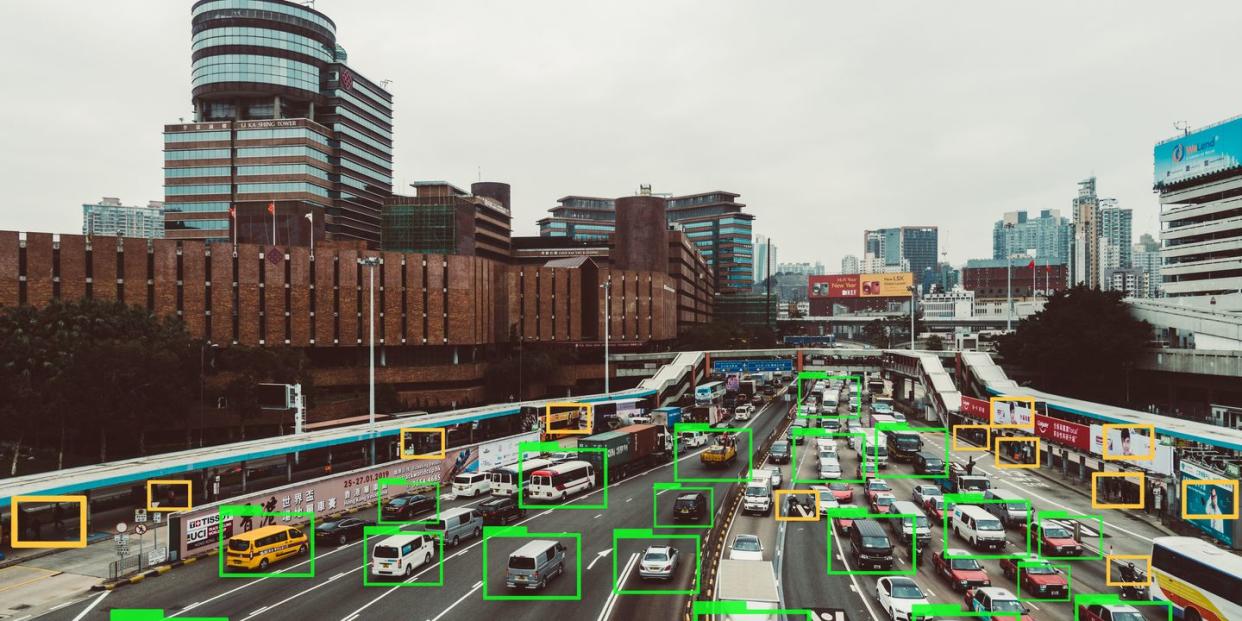Automakers Agree We Have No Plan on How to Make Autonomous Cars Safe

A new industry group has been formed to create standards for developing, testing, and the public use of fully automated vehicles.
The Automated Vehicle Safety Consortium (AVSC), partnered with the SAE International engineering group, so far includes only Ford, General Motors, and Toyota.
No federal standards exist for AVs, and state regulation is all over the map.
With the explicit encouragement of a hands-off federal government, three automakers are creating a new safety group with the engineering group SAE International to draft national standards for autonomous cars.
This week, Ford, Toyota, and General Motors joined the SAE to form the Automated Vehicle Safety Consortium (AVSC), a group that will "responsibly evolve" the technology while it's tested, and eventually, when driverless cars are picking us up from bars at 2 a.m. AVSC is concerned with Level 4 and 5 automation—the most advanced categories previously defined by the SAE and accepted by the industry—that will lead to autonomous cars driving in restricted areas (Level 4) or nationwide (Level 5). First on the agenda is figuring out how to develop technical standards that automakers, suppliers, and developers will universally adopt. That has been the crux of the SAE's existence since its founding in 1905.
The federal government currently has no statutes on autonomous cars and no plans to restrict or regulate them. In October, transportation secretary Elaine Chao introduced the department's third round of voluntary guidelines for autonomous cars that would align federal agencies toward the goal of letting automakers lead and self-police their development. Chao said the National Highway Traffic Safety Administration (NHTSA) in particular would remove language from current rules that require steering wheels, pedals, mirrors, and other equipment that tomorrow's cars won't use. Despite the lack of formal rules, she also called for automakers and tech companies to quell the "public's legitimate concerns about the safety, security, and privacy of this new technology," which is exactly what the AVSC says it will do.
No Common Ground—Yet
“We understand that autonomous vehicles need to operate safely and reliably in concert with infrastructure and other road users to earn the trust of the communities in which they are deployed,” said Randy Visintainer, Ford's director for autonomous vehicles, in a statement.
At this point, the AVSC is just a dry-erase board of ideas. While the majority of states have enacted either legislation or executive orders on testing autonomous cars, there is no common ground on what is considered safe, no shared goal of best practices, and nothing approaching a standard like those the industry has met on passive-safety features such as ABS, airbags, and seatbelts. The U.S. government isn't even evaluating driver-assistance systems—the insurance-industry-funded Insurance Institute for Highway Safety does that—and automakers have so far shown little interest in making systems such as automated braking function uniformly at a baseline level. Aggressive first-to-market pushes from companies including Tesla that beta-test automated features on their customers have been greeted with media fanfare instead of careful analysis. The AVSC isn't yet addressing these semi-automated systems (Levels 1 through 3) that will become widespread for many years before fully automated systems are introduced nationwide.
It's a Wild West of AVs and semi-AVs right now, which is part of the reason that AVSC was founded: to rein in some of the mess.
You Might Also Like

